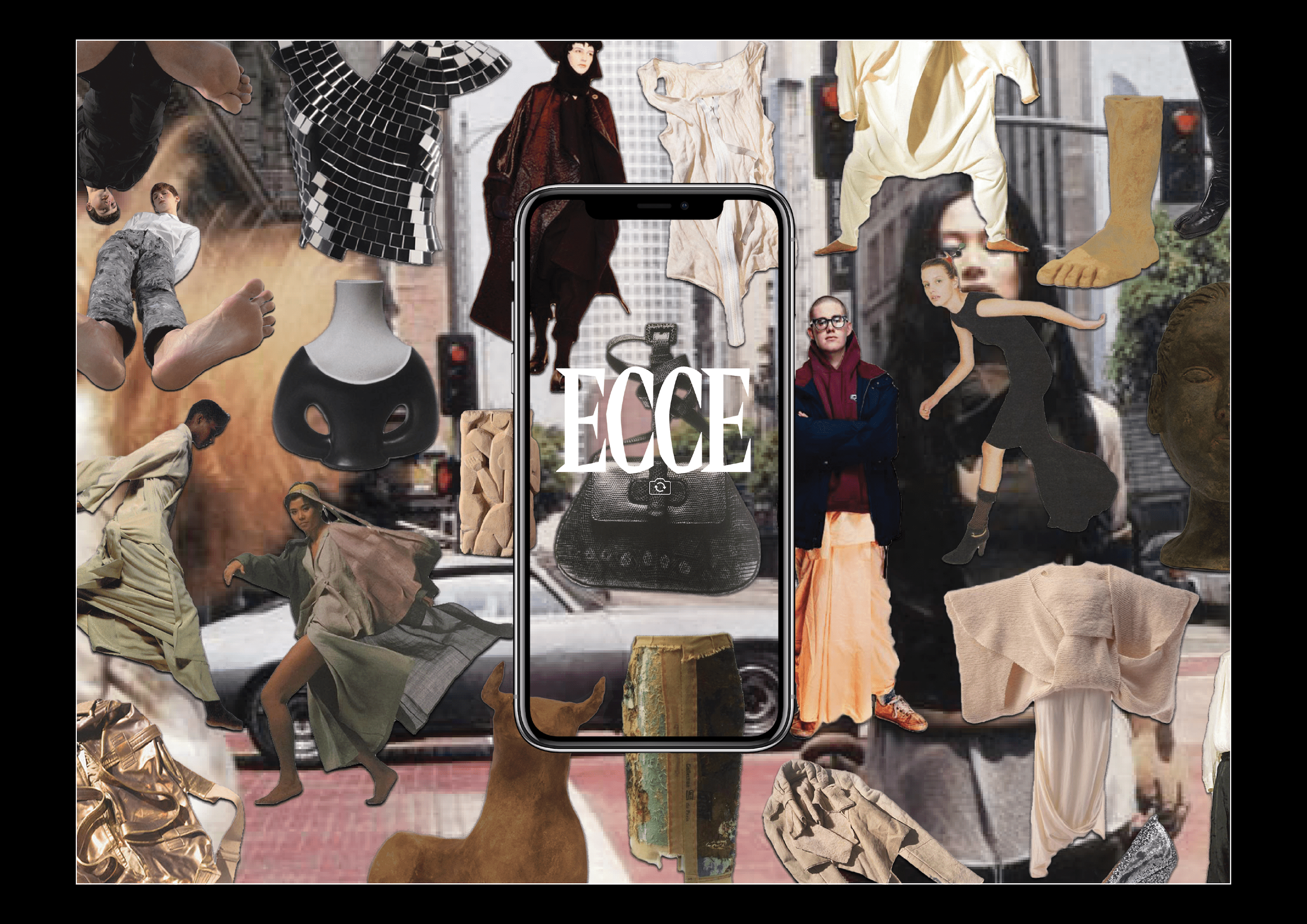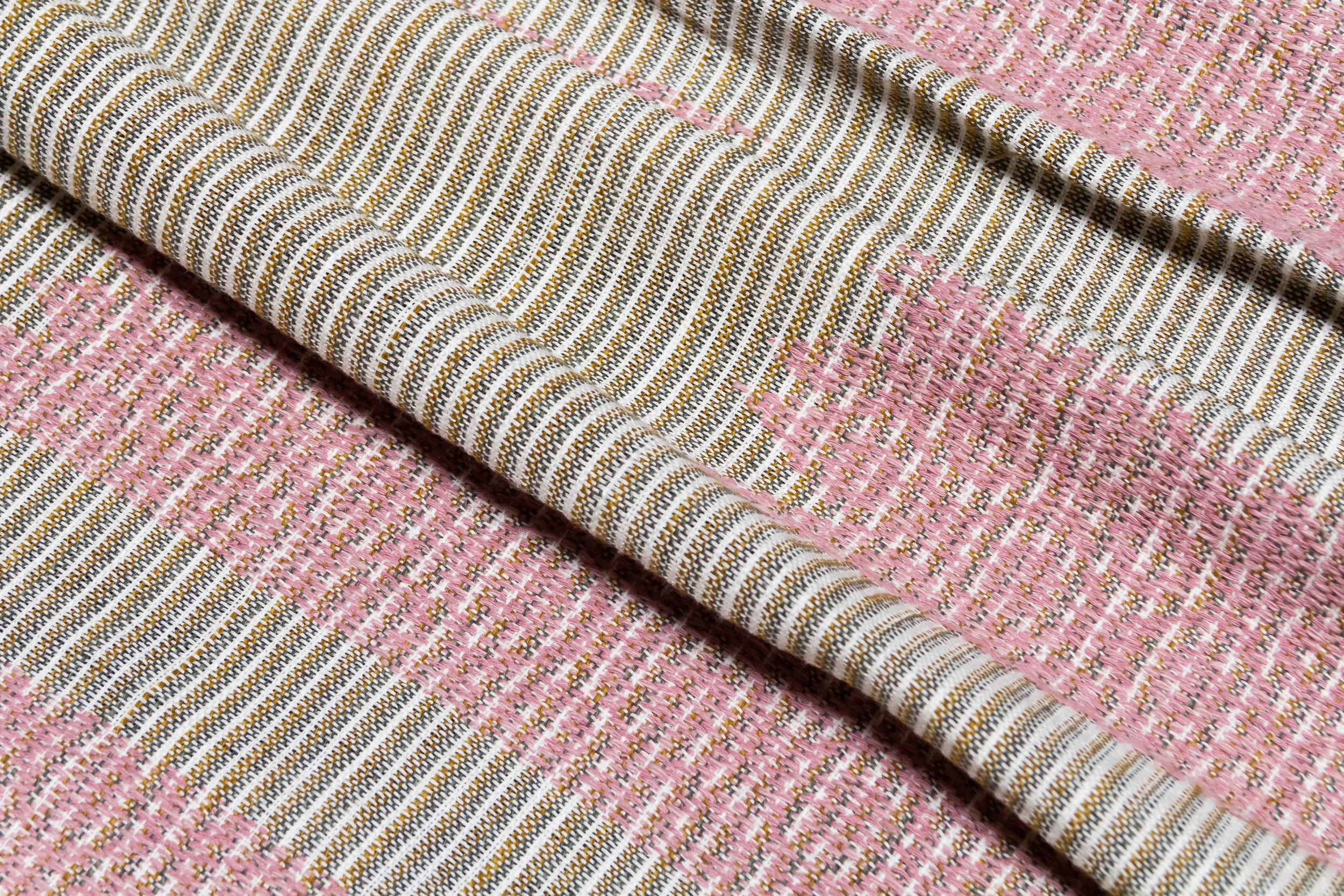New ways to value Nature through Fashion
What do algae-based biomaterials, a fashion-based social media platform, and a system to upcycle materials through community-led creativity all have in common?
They all respond to the question 'how can fashion value nature' – offering a new perspective and concepts for fashion that regenerates and restores our relationship with the earth.
In July 2021, we launched the Fashion Values Challenge, an open brief that asked applicants to conceptualise new fashion products, systems and services that would put nature first. Our shortlisted ideas all exhibited unique and transformative thinking, but three of them really stood out. Their projects demonstrated relevance, originality, feasibility, and strong sustainability impact and thinking: they clearly showed how the idea would benefit its communities, users or stakeholders; they presented a creative approach to sustainability; they applied a concept or question to a feasible outcome; and they displayed a holistic understanding of fashion and sustainability across ecological, economic, cultural and social perspectives.
We’re so delighted to announce our three winners: ECCE ‘Second Nature’ by Erik Hesselman, Future Wardrobe by Future Wardrobe Collective, and Kinabuhi: New Life through Modern Weaves by Jessica Ouano.
Our Challenge winners will receive six months of mentoring from our judges, including Sarah Needham, Knowledge Exchange Manager at Centre for Sustainable Fashion; Sara Maino, Deputy Director at Vogue Italia and Head of Vogue Talents; Karl Haller, Consumer Center of Competency (CoC) Leader at IBM; and Helen Crowley, Partner at Pollination Group. Each winner will be matched with mentors to help develop their project. We’re also looking forward to welcoming them and the other finalists at the second Fashion Values Roundtable, held in early 2022.
ECCE ‘Second Nature’
Getting dressed is second nature. Motivated by a desire to prove that sustainability and fashion can coexist as a platform for authentic progress, US-based stylist and creative director Erik Hesselman’s project Ecce ‘Second Nature’ upends the way we engage with fashion. As Erik noted in his application, “Ecce is for everybody who desires change in fashion’s limited concept of beauty, and anybody that ever felt too self-conscious to browse through a luxury boutique.”
The peer-to-peer media platform uses augmented reality photo filters to create a fashion experience as thrilling as the physical experience — enabling users to create their own story, explore their own identity, and to create communities based on a shared appreciation for aesthetics. By decoupling fashion from resource use, the platform offers a new way to develop and share our personal style, finding fulfilment in fashion without the need for purchasing new clothes. Using our phones as “a modern printing press”, the project proposes a way to communicate fashion, creating narratives that (unlike much of fashion media today) refuse to encourage overconsumption.
His next step is to work with the mentors and their expertise to develop the platform and obtain a proof of concept for its mobile application, moving from the concept to the prototype stage.
Future Wardrobe
Future Wardrobe is a collective made up of Thora, Lara, Jess, and Catherine — designers, artists, storytellers and researchers who share a goal to engage new, meaningful connections between human and non-human Nature. Their work asks, ‘what can we do to assist living networks that thrive and promote Nature to sustain its bounty and diversity?’ – a planet-first design philosophy. They consider biodiversity (micro and macroalgae) to be a client, not a resource.
Their winning project offers an answer to this question. Their project, a collection of regenerative materials derived from kelp, not only offers a way to diversify fashion’s fibre basket but also explores the ways nature can drive the aesthetics of fashion. The result is a symbiotic relationship: the kelp provides aesthetic and physical inspiration for the material and garments they create, whilst planting kelp to create the material helps to restore aquatic environments.
Through their project, Future Wardrobe want to spark transformative change at every level — including incentivising farmers to engage in regenerative practices; partnering with changemakers promoting cleaner materials; working with textile producers to rethink production practices; and collaborate with fashion brands and retails to change how we source, make and engage with fashion.
Their next steps are to push from prototype stage to the minimum viable product, ensuring the materials are viable for industry use and can withstand long-term wear.
Kinabuhi: New life through modern weaves
xJessica Ouano is a designer and handloom weaver from the Philippines, and has been working with artisan communities to explore environmentally conscious practices and sustainable livelihoods through contemporary design. Her ambitions lie in the creation of a fashion business that breaks the norm by regenerating our planet and delivering social equity.
Her project, Kinabuhi, is a fashion business that manufactures one-of-a-kind products through re-working damaged or unwanted second-hand garments, and combining these with regenerative hand-woven textiles. These products are created in collaboration with handloom weaving communities local to the Philippines, as well as customers – they are given the opportunity to be involved in the design process. The project not only offers a unique way to upcycle unwanted materials and increase demand for regenerative fibres, but also provides a sustainable livelihood to the artisans, makers, farmers and weavers involved in the process.
Her next steps are to bring her business concept to life, and ensure its long-term sustainability. She will receive support from the mentors on this development, and is hoping to gain guidance from them to execute and improve her concept.
But let’s hear from the winners themselves. We asked them to answer two questions: how does the project value nature through fashion? And what it means for them to have won the Fashion Values Nature Challenge? Watch their responses via Youtube.
Our sincerest thanks to all the applicants, judges and supporting partners who made this year’s Challenge possible. Keep an eye out for our second Challenge brief, launching in Spring/Summer 2022.
09 December 2021



